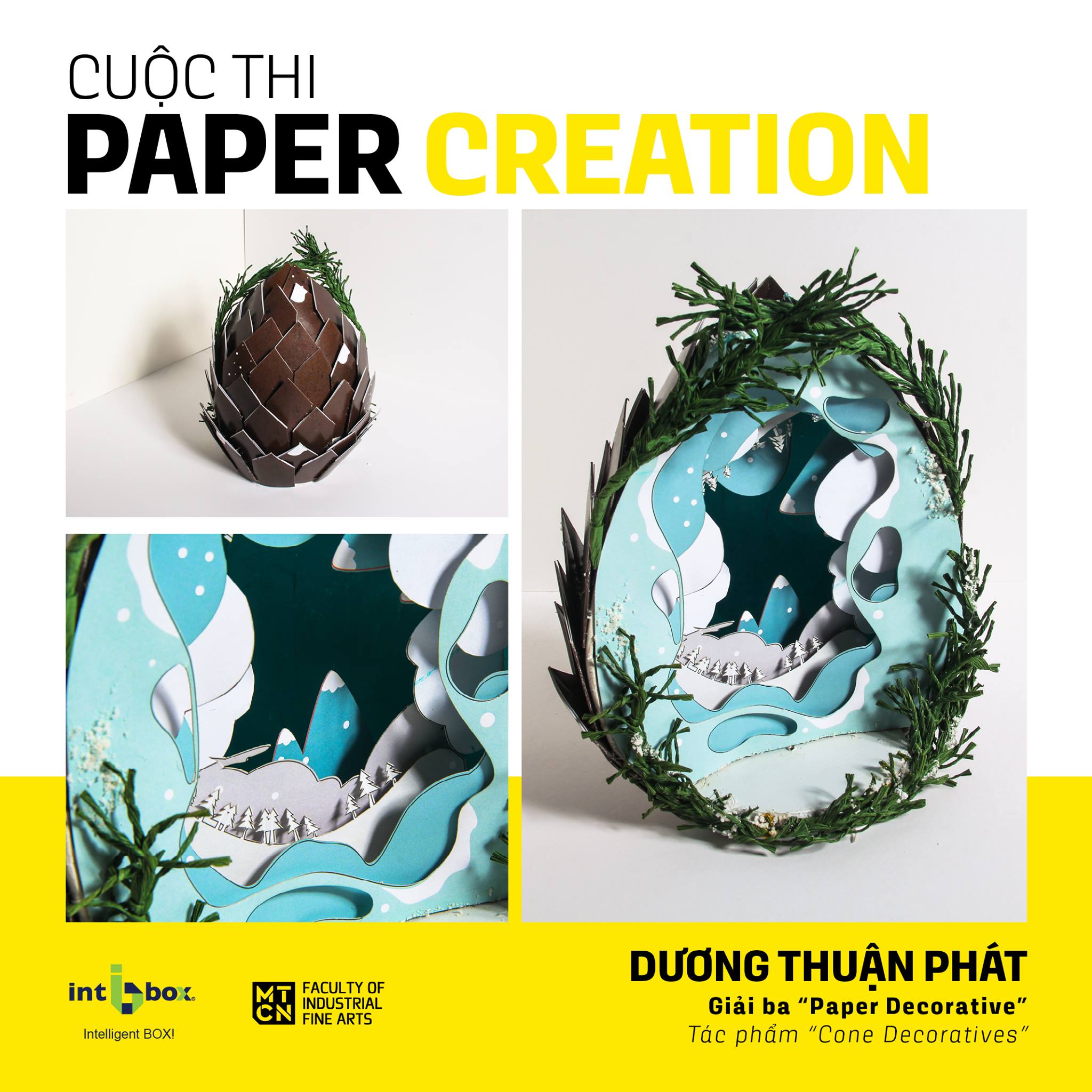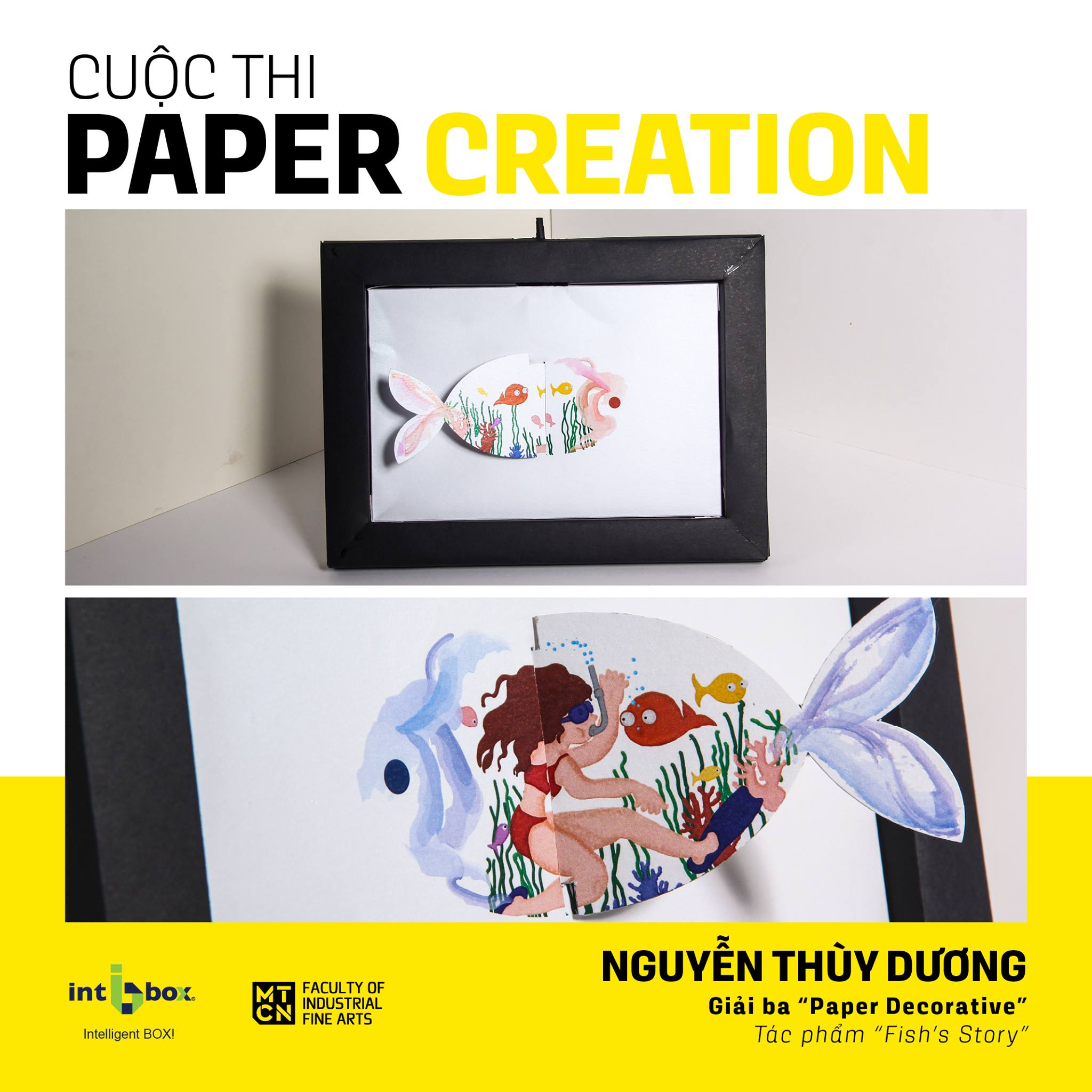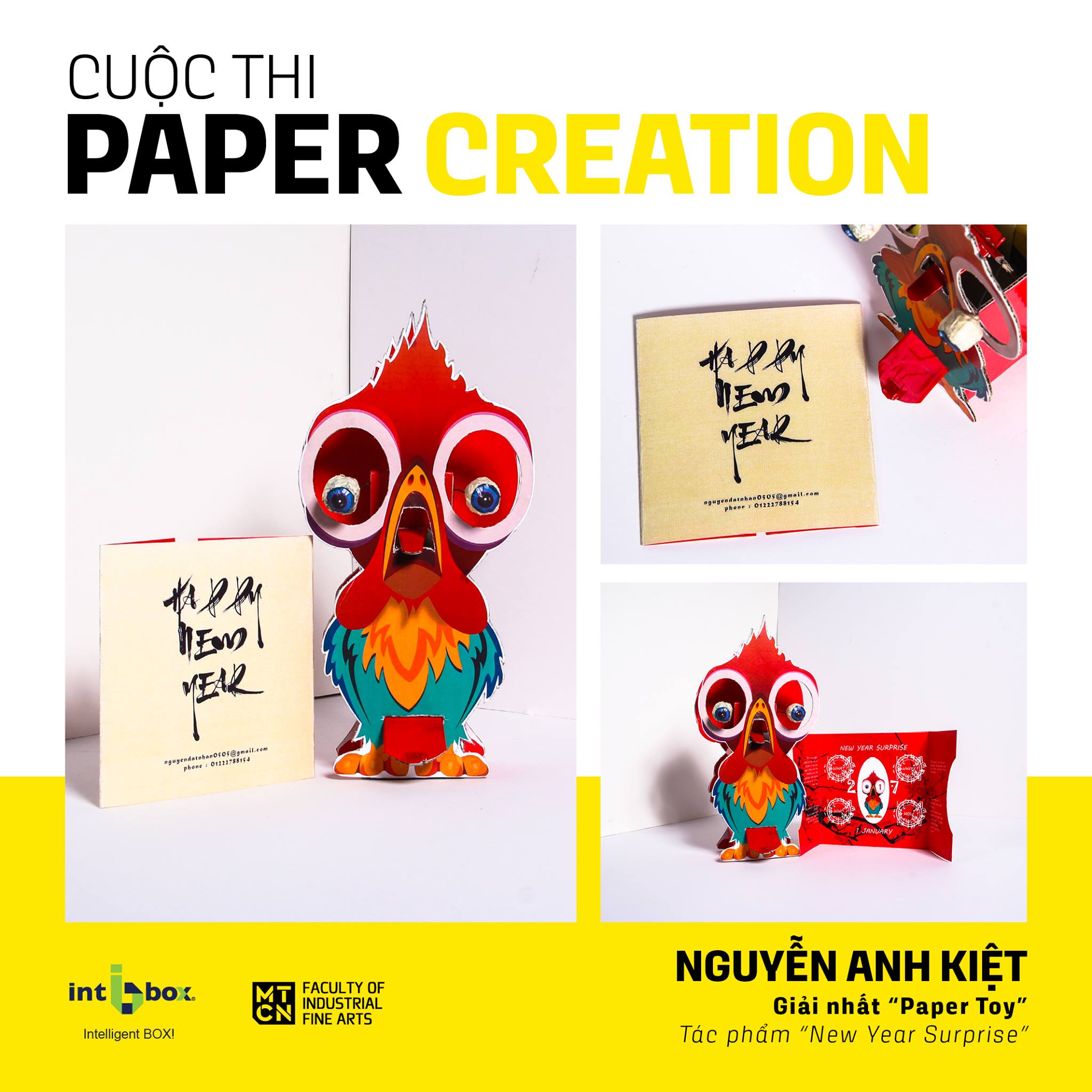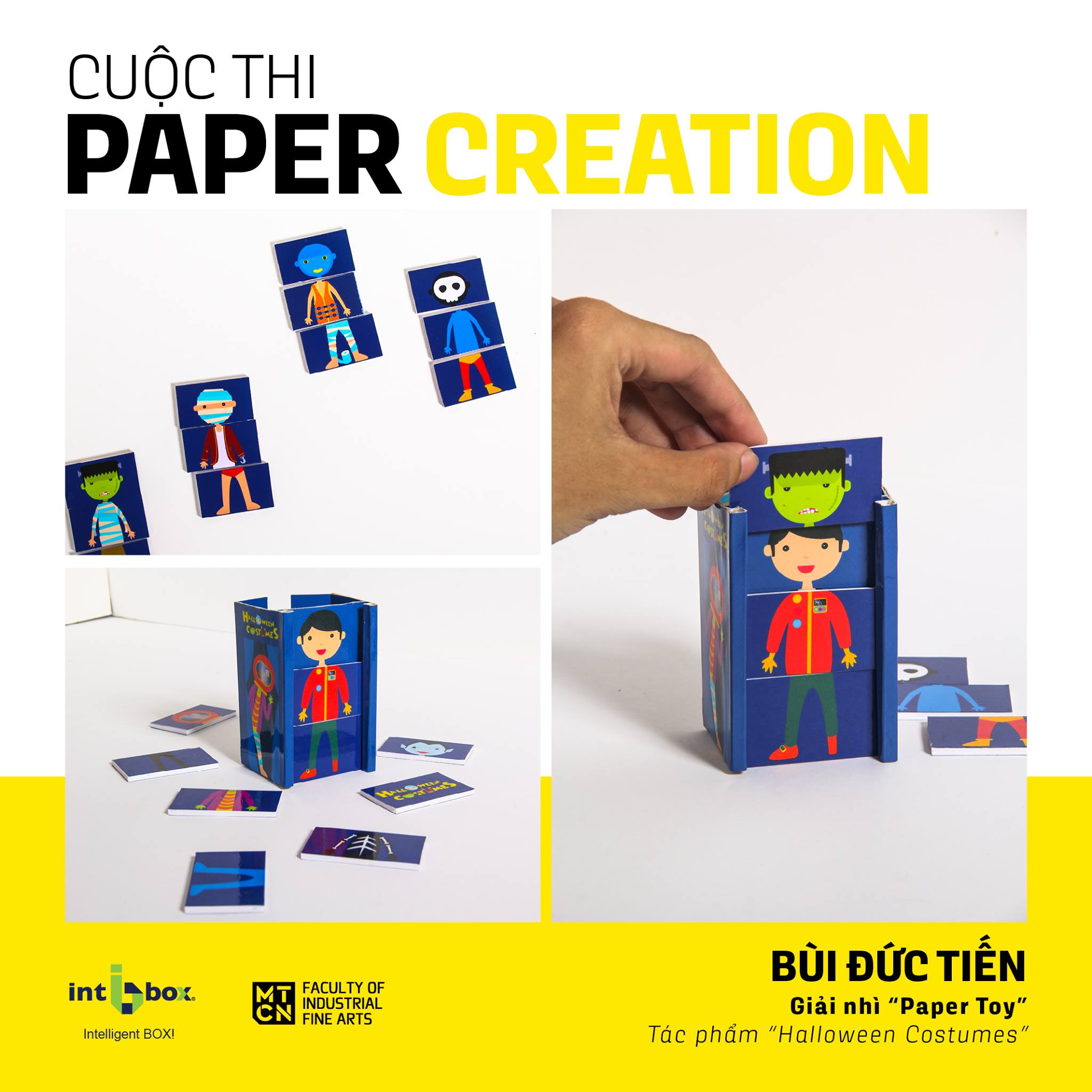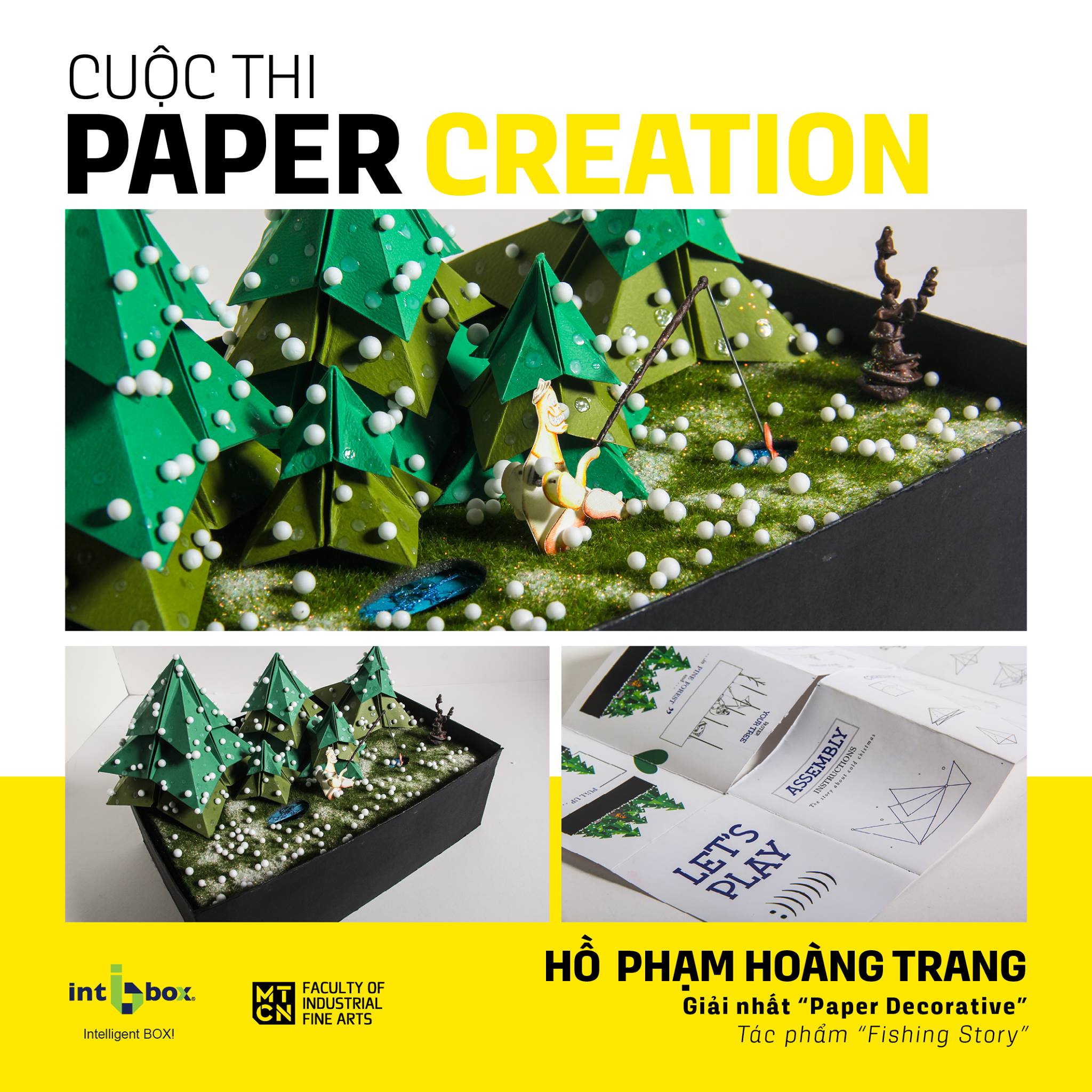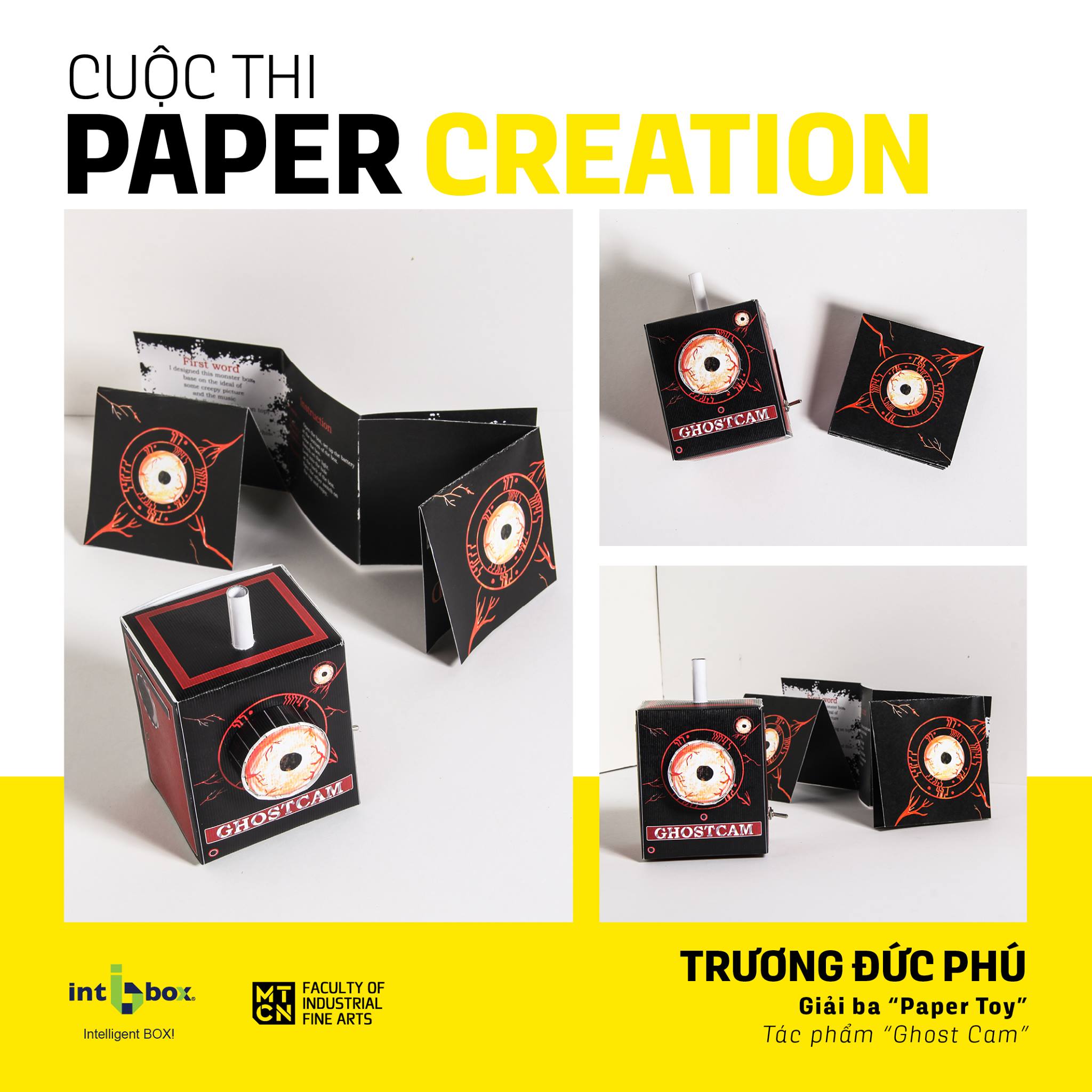GRAPHIC DESIGN - ID Course: 7210403
Standard programme
4 years - Bachelor of Arts with major in Graphic Design
Graphic Design is always a modern study being multidimensional impacted by most sectors of society. Graphic Design industry plays an important role in advertising, arts and cultural activities, you will find a lot of products related to graphics. Besides, there are other interesting elective courses according to your personal preferences. You will understand the design process, from basic assignment with lecturers to the large projects with high realistic attributes.
Graphic Design Program will equip you with the skills to become a designer in the field of graphic design, art direction, image, advertising, animation drawings, publications, magazine design, book design, packaging design… When you started this study, you will know more and what further developments in this category.
POSSIBLE CAREERS IN GRAPHIC DESIGN
- Graphic Designer
- Content Manager
- Web designer
- Search Engine Optimiser
- Motion Graphics Designer
- Prepress operator
- Creative Director
- Finished artist
- Art Director
- Packaging Design
- Junior Art Direction
- Computer Finished Art
- Branding and Identity Design
- Environmental and Wayfinding Design
- Advertising
- Magazine and Publishing Design
Lecturers of the specialized subjects are international experts and domestic experience in design, product design business.
In specialized subjects – especially the Development system, students will have the opportunity to practice with companies, brands – professional environments to experience. Students of TDTU Graphic Design Department regularly attend the specific workshop, talk show, and this is the opportunity to meet many professionals in the graphics industry, opening up many job opportunities in the future.
MODULES
- SEMESTER 1 (year 1)
- SEMESTER 2 (year 1)
- SEMESTER 3 (year 2)
- SEMESTER 4 (year 2)
- SEMESTER 5 (year 3)
- SEMESTER (year 3)
- SUMMER SEMESTER (year 3)
- SEMESTER 7 (year 4)
- SEMESTER 8 (year 4)
| English Community 1 | Skills for sustainable development | Learning methods in university | Swimming (Compulsory) |
| National Defense Education - 3rd Course | Fundamentals of Informatics 1 | Technical Drawing | History of Fine Arts |
| Analyzing the Natural World | Drawing 1 | Introduction to drawing |
|
| English Community 2 | Teamwork Skills | National Defense Education - 1st Course | Fundamentals of Informatics 2 |
| History of Design | Visual Fundamentals | Drawing 2 | Introduction to composition in decoration |
| English Community 3 | Writing and Presenting Skills | National Defense Education - 2nd Course | Sculpture Fundamentals |
| Perspective Drawing | Drawing 3 | Design Methodology | Graphic Design Principles |
| Introduction to Legislation | Photography Techniques | Drawing 4 | Page layout |
| Visual Graphic | Printing Techniques | Typography |
|
| The Basic Principles of Marxism - Leninism | 3D Graphic Design | Graphic Design studio 2 | Graphic Design studio 3 |
| Graphic Design Studio 1 |
|
|
|
| Ho Chi Minh Ideology | Interactive Media | Graphic Design studio 4 | Graphic Design studio 5 |
| Interdisciplinary projects Trash to treasure design, Fabric design 1, Fabric design 2, Leather 1, Leather 2, Dyeing techniques, Jewelry 1, Jewelry 2, Ceramics 1, Ceramics 2, Wood design, Advanced furniture design, Lighting devices, Event Identity Design, Traditional product and Gift, Poster Design, Editorial Design, Calendar Design, Makeup Arts | |||
| Portfolio |
| Revolutionary Way of Communist Party of Vietnam | Graphic Design studio 7 | Graphic Design studio 6 | Graduation Internship |
| Interdisciplinary projects Trash to treasure design, Fabric design 1, Fabric design 2, Leather 1, Leather 2, Dyeing techniques, Jewelry 1, Jewelry 2, Ceramics 1, Ceramics 2, Wood design, Advanced furniture design, Lighting devices, Event Identity Design, Traditional product and Gift, Poster Design, Editorial Design, Calendar Design, Makeup Arts | |||
| Integrated Project or Graduation Thesis |
Note:
- Students who do not pass the English program must take additional English courses depending on their ability, including preparatory English 1, 2, 3.
- Students must meet the required English output standards.
- Students take the MOS certification exam on MS.Word, Excel according to regulations.
SUBJECT INFORMATION
- Photography
-
Photography is a science because there are basic principles of physics that govern success. Photography is art because its beauty is subjective. This course provides students basic knowledge of photography. Students will understand the principle and use the camera, understand the use of natural and artificial light and they can create a professional looking image.
This course contains:
- Basic knowledge of camera and photography
- History of photography and composition rules
- Using the light
- Fashion photography
- Still life photography
- Landscape photography
- Editing
Credits: 2 (1.1) Theory: 15 - Practice: 30
- TYPOGRAPHY
-
This course introduces students to the creative, functional and aesthetic role of typography in visual communication. By understanding the basic principles of typography, students will develop their ability to make clear the meaning of a message. Students will study the anatomy of letterforms and typographic terminology while examining composition, styles, weights, spacing and the use of fonts for both print and digital media.
Credits: 3 (3.0) Theory: 45 - Self-learning: 90
- Graphic Design Principles
-
Introducing 11 elements of graphic design such as point, line, shape, form, light, color, texture, scale, space, typography and grid. Each chapter includes the history story, description and how people apply them in graphic design. Students will understand the basic elements that make the language of graphic design and develop the research skill by collecting the materials related to this subject. Students need to work in groups and present their ideas during the classes.
Credits: 3 (3.0) Theory: 45 - Self-learning: 90
- Graphic Design studio 1 (LOGO DESIGN)
-
Studies in this course aim to develop an understanding about the social, cultural and historical origins of logo design. Students will be introduced and exposed to logo design case studies and understand the importance of logo design in society and business. Students will also gain practical experience in developing and applying creative and effective solutions to communicate corporate messages.
Credits: 3 (3.0) Theory: 45 - Self-learning: 90
- Graphic Design studio 3 (COMIC DESIGN)
-
This course provides methods to develop memorable, believable characters for all types of illustration: cartoons, comics, feature animation, gaming, kid's books, and advertising. Students will learn how to use storyboard film techniques to understand shot composition, consistency, and movement within a frame, and apply those techniques as you build your comic book panels.
Credits: 3 (3.0) Theory: 45 - Self-learning: 90
- Graphic Design studio 5 (IDENTITY SYSTEM)
-
Effective brand development is dependent upon research and a comprehensive understanding of the client, the competitive marketplace, and consumer values and needs. Differentiation, positioning, voice, and design services to make a brand unique and unforgettable. The students will experience the process through the development of a hypothetical socially and/or environmentally aware organizational brand. The design elements of logo, color, type, as well as their application in two-dimensional media will be produced. The verbal voice of the brand core envisioned future, brand essence, and brand personality will be developed and integrated into the final presentation materials.
Credits: 3 (3.0) Theory: 45 - Self-learning: 90
- Graphic Design studio 6 (ADVERTISING)
-
This course traces the evolution of advertising as a form of communication and professional practice from its origins to its modern and contemporary iterations. This course explores advertising as a cultural field both reflecting and contributing to broader social, political and economic developments. Among other topics, we may consider connections between advertising, industrialization and technological developments, the rise of the mass media, propaganda and political activism, colonialism and globalization, and gender politics.
Credits: 3 (3.0) Theory: 45 - Self-learning: 90
- PORTFOLIO
-
The preparation of a professional portfolio is an essential part of transitioning from graphic design student to working designer. A strong professional portfolio can also provide an important foundation for the development of a successful future design career. The course assignments will give students guidance in improving their current student portfolio pieces, developing new portfolio pieces, and presenting their work, and themselves, to prospective employers in a compelling way.
Credits: 3 (3.0) Theory: 45 - Self-learning: 90
- Graduation Thesis
-
Graduation thesis is conceived as a loose framework within which each student’s visual method is deployed across many diverse projects during the pass courses of study. While every thesis project is unique, there are several common features: a focus on methodology, the application of a visual method to studio work, and the organization of the work in a thoughtfully argued written document. The thesis includes a theoretical dissertation, in-depth study associated with the practice of creating multiple designs based on the previous research. Students who have excellent projects can continue to study for master or the doctoral degree.
Credits: 8 (0.8) Theory: 240 - Self-learning: 240
- PRINTING TECHNIQUES
-
This course encourages work with experimental printing techniques, finishes and exploiting a variety of supports. By understanding the graphic production processes, students will develop their ability to generate effectively printed graphic products.
This course was developed to allow students to develop their abilities in:
- Interact and communicate in a real printing context while applying appropriate printing technical terminology.
- Experiment the capabilities, qualities, and weaknesses of different printing media supports.
- Apply effective printing techniques and finishes to meet specific criteria.
- Generate effective printed graphic products.
Credits: 3 (2.1) Theory: 30 - Practice: 30
- VISUAL GRAPHIC
-
This course examines the notion of design through direct investigation and application of design principles and elements that are fundamental across a wide range of varied design activities. Students will enhance their knowledge and skills to effectively apply these principles and elements as well as critically evaluate design processes.
The unit is valuable as an introduction to the general practice of design and specifically helps to scaffold further learning in all relevant disciplines through developing students’ awareness of design principles, techniques, and concerns. It will also provoke consideration of the role of design as a form of problem-solving and as a cultural activity, and support further development in effective visual and critical analysis practices.
Credits: 3 (3.0) Theory: 45 - Self-learning: 90
- DESIGN METHODOLOGY
-
The ability to plan and execute a project to a specific client brief is a fundamental skill required for successful entry into the creative media industries. The purpose of this unit is to apply acquired practical design skills in a real-life scenario, within a framework of Problem Based Learning. Students are presented with a commercial scenario, where they are required collaboratively to manage the effective delivery of a design product, comprising either print or online content to a pre-existing client brief. Students will work effectively by adopting techniques and principles learned in prior units. Basic coordinated production skills are introduced in the lectures as a first step into professional practice. Students should also aim to incorporate knowledge drawn from concurrent units, where this is practical. Skills introduced in previous units, including visual design techniques, will be used to enhance the quality of a finished product and will be developed through implementation in a commercial context further learning.
Credits: 3 (3.0) Theory: 45 - Self-learning: 90
- GRAPHIC DESIGN STUDIO 2 (PAGE LAYOUT & PUBLISHING)
-
Visual design is grounded in a range of factors, with spatial composition being one of the most fundamental. Students will explore design processes that will enhance their ability to design layouts effectively by exploring and applying spatial approaches to colour, typography and grid systems in design.
The unit is valuable as an introduction to the general practice of spatial composition, and specifically helps to scaffold further learning in the Design degree through support for developing awareness of spatial composition techniques and concerns. It will also provoke consideration of the role of spatial composition in problem solving, and support further development in effective visual analysis practices.
Credits: 3 (3.0) Theory: 45 - Self-learning: 90
- Graphic Design studio 4 (PACKAGING DESIGN)
-
The complex and diverse area of packaging is explored in this course. Key issues impacting the effectiveness of current packaging solutions will be investigated and discussed including brand positioning, market appeal, product protection, ease of use and environmental impact. Innovative approaches will be encouraged in a series of projects which will address each of these critical requirements of successful packaging.
Credits: 3 (3.0) Theory: 45 - Self-learning: 90
- INTERACTIVE MEDIA
-
Students will explore kinetic typography and motion graphics as a means of animating narratives and vivifying communication. The digital manipulation of a word, words, image(s), graphic form(s), interaction, semantics, hierarchy, and the psychological impact of animation, color, spatial arrangement, sound, and form will be investigated in this course. Additionally, students will thoroughly investigate appropriate venues, concepts, and content for specific target audiences.
Credits: 2 (1.1) Theory: 15 - Self-learning: 15
- GRAPHIC DESIGN STUDIO 7 (WEBSITE & UX DESIGN)
-
Modern web development is grounded in core technical practices that reflect practical studio requirements on one hand, and meeting the needs of clients and users on the other. In this unit, students are introduced to these web design fundamentals. Students will study the core elements of interactive media authoring and the technical and social factors that affect interactive media product development. Topics will include working with scripts, development processes, effective workflows, the constraints of the medium and creating a variety of output formats. The unit is valuable as an introduction to the general needs of technical design practices and specifically helps to scaffold all further technical development in the Web Design major.
Credits: 3 (2.1) Theory: 24 - Self-learning: 21
- GRADUATION INTERNSHIP
-
Through a guided self-directed initiative, the senior student will research, propose and contact a practicing professional in an individual studio, gallery, educational institution or professional organization to search out an intern position. This actual "real world" work experience will develop networking abilities and provide the student a glimpse into the design studio or art related environment and prepare the emerging artist/designer for employment upon graduation.
Credits: 2 (2.0) Theory: 30 - Self-learning: 60
- INTEGRATED PROJECT
-
This course forms the final capstone experience of your undergraduate studies. In this, students will take the project plan and pre-production work that they have completed previously and adopt a quality framework which will lead to the publication of a final folio piece. Students will have developed a heightened understanding of the broader social, professional and cultural significance of their discipline area. Students will be expected to combine this knowledge and work towards publication of a final deliverable which is above and beyond anything they have achieved in your previous modules.
Credits: 8 (0.8) Theory: 240 - Self-learning: 240
Graphic design is a rewarding career powered by your imagination. With the right qualifications and hands-on experience, you can transform fantastic concepts into visual reality. This design course will give you key conceptual and technical skills to do just that. By enhancing your design awareness and combining problem-solving and technical skills, you will be equipped to respond to the requirements of a fast-paced, visually-literate society.
